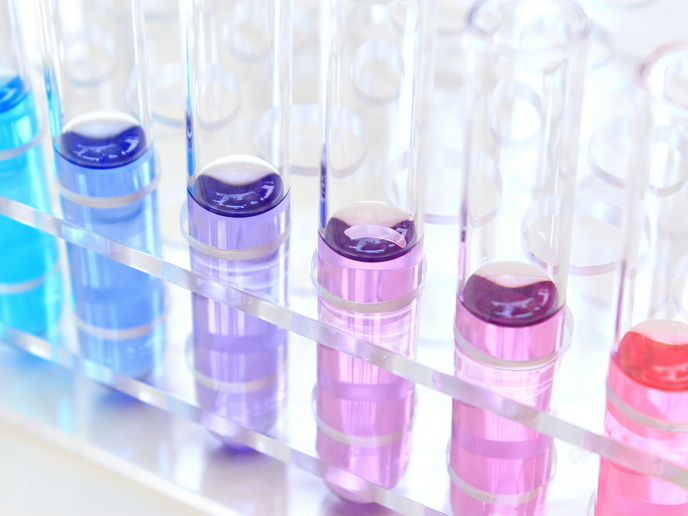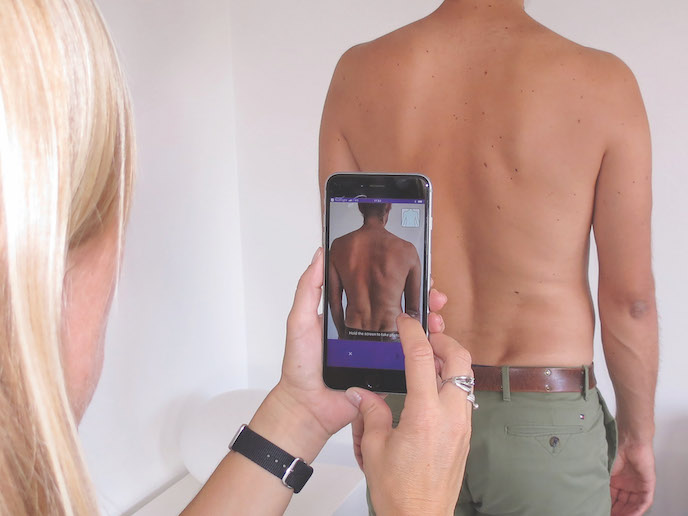AI tools could offer cancer patients more personalised aftercare
It is estimated that over 12 million people in Europe survive after a cancer diagnosis, and thanks to advances in early diagnosis and new treatments, this number is likely to increase. Despite these improvements, cancer survivors still report numerous unmet physical, functional and psychosocial needs. According to medical doctor María Torrente, the key problem is follow-up care models perceiving patients as having acute (sudden and severe), as opposed to chronic (more long-developing) conditions. “Cancer survivor care is frequently an afterthought, often fragmentary, and badly integrated into mainstream cancer care. With no evidence-based guidelines, clinicians often rely on their own experience and expertise,” says Torrente who is also coordinator of the EU-funded CLARIFY project. CLARIFY applied big data and artificial intelligence (AI) technologies to help identify early, risk factors for health complications. Based on patients’ clinical, genomic and behavioural data, complemented by open data, CLARIFY developed individualised follow-up procedures.
The decision support system
At the heart of CLARIFY’s approach was a digital decision support platform, developed to allow clinicians to monitor and analyse patient health in real time. Aided by algorithms and risk-stratification models, clinicians then tailor personalised interventions. The algorithms were trained on data from a variety of sources, including: breast cancer and lung cancer clinical records, the thoracic tumours registry, scientific databases (for example, DrugBank and SIDER) and scientific publications (such as PubMed). Natural language processing then linked this data to existing biomedical vocabularies, such as the Unified Medical Language System (UMLS). A drug-drug interaction tool was also developed to identify known interactions between oncological and non-oncological drugs.
Risk profiling and testing
“Most patient risk profiles are based on tumour stage or health status. To develop individual risk scores, we integrated anonymised clinical data from patients’ electronic health records with data from wearables and quality of life questionnaires,” explains Torrente. During patient follow-up, over 1 000 breast cancer, lung cancer and lymphoma survivors enrolled in the project, were assigned to low-risk or high-risk categories, based on their specific treatments and likelihood of relapse, secondary tumours and toxicities. The platform’s machine learning then created prediction models and made recommendations that clinicians used to determine optimum follow-up pathways. The platform and models were validated by clinicians and healthcare staff at the HUPHM Medical Oncology department (website in Spanish), including during 12 training sessions. “As well as receiving feedback on the platform, these sessions taught clinicians how to integrate its functionalities into their practice,” notes Torrente. Clinical validation and verification of results was performed by the HUPHM Medical Oncology department and platform developer, HOLOS, to ensure the optimum flow and processing of data. To test the wearable device, Kronowise, the team recorded the circadian status, sleep quality and physical exercise of 350 volunteer cancer patients, 24 hours a day, over a week. The results were then compared to the general population, allowing healthcare providers to identify areas for tailored interventions. Three months later, the impact of these interventions was evaluated. “We found that quality of life indicators had improved for all three pathologies evaluated, especially lung cancer,” says Torrente.
Improved treatments
CLARIFY’s solution offers unique access to wide-ranging data sources. “Our electronic health record-extracted data gives clinicians highly accurate insights into patient behaviour, responses and outcomes for highly specific guidance. Our approach could support more proactive national or pan-European health policies, improving health outcomes and reducing the burden on healthcare systems,” concludes Torrente. For now, the team continues to roll out the platform in clinical practice.
Keywords
CLARIFY, cancer, aftercare, artificial intelligence, wearable, survivor, treatment, healthcare







